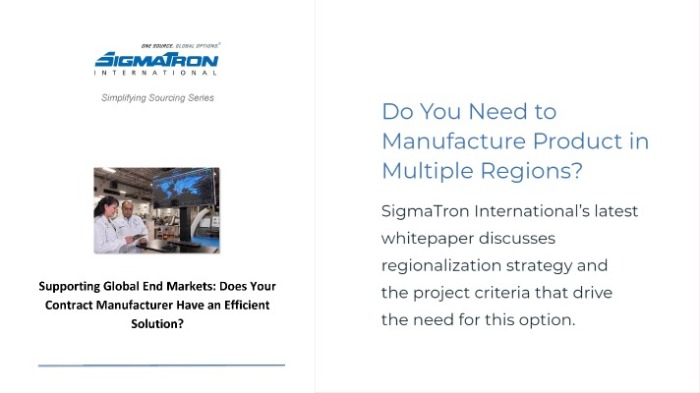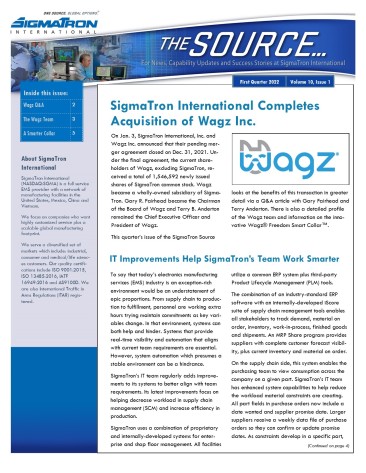
One of the benefits of using a contract manufacturer large enough to provide a complete manufacturing solution is that the associated outsourcing strategy can consider a variety of cost saving options. For companies serving a global market, a regionalized outsourcing strategy can align manufacturing with optimum logistics for larger end markets by building products near or in the regions where they are used. While some OEMs choose to do that by using different suppliers, utilizing a single contract manufacturer able to manufacture in multiple regions improves efficiency and leverages economies of scale.
This whitepaper discusses three areas that should be evaluated when considering whether this approach is appropriate plus looks at examples where this type of strategy has provided specific advantages. Key areas to be evaluated in making this choice include:
- Volumes and predictability of demand
- Regional customization requirements
- Local content requirements.
Read the full whitepaper here.



